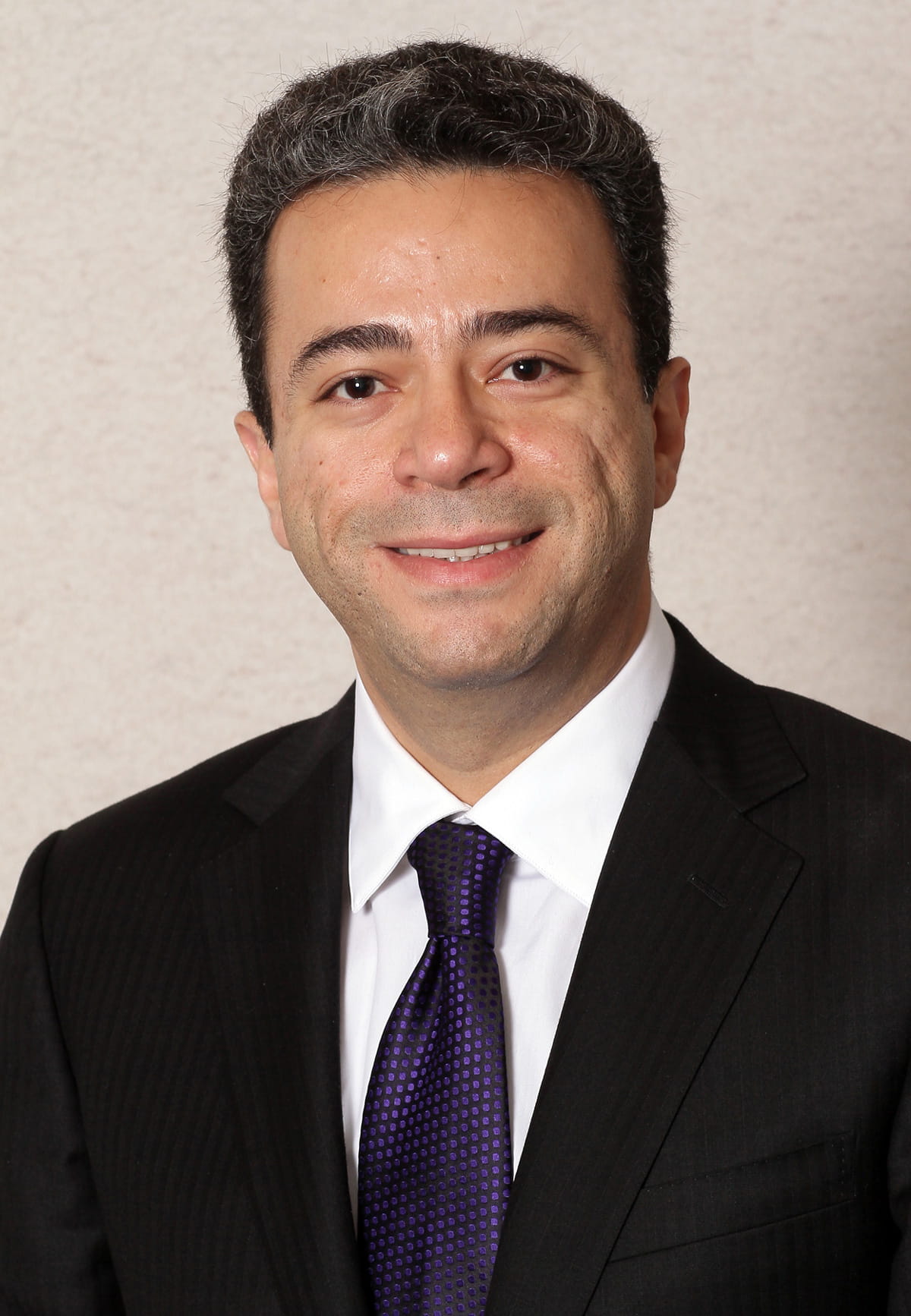December 12, 2013
 COLUMBUS, Ohio – The Ohio State University Wexner Medical Center joins an elite network of 25 regional stroke centers announced today by the National Institutes of Health (NIH) that will focus on prevention, treatment and recovery. As part of the NIH Stroke Trials Network (NIH StrokeNet), Ohio State will receive a 5-year, $2 million grant to develop a regional coordinating stroke center.
COLUMBUS, Ohio – The Ohio State University Wexner Medical Center joins an elite network of 25 regional stroke centers announced today by the National Institutes of Health (NIH) that will focus on prevention, treatment and recovery. As part of the NIH Stroke Trials Network (NIH StrokeNet), Ohio State will receive a 5-year, $2 million grant to develop a regional coordinating stroke center.“The primary goal of this network is to maximize efficiencies to develop, promote and conduct high-quality, multi-site clinical trials focused on key interventions in stroke prevention, treatment and recovery,” said Dr. Michel Torbey, medical director of Ohio State’s Neurovascular Stroke Center. “Ohio State’s Comprehensive Stroke Center was selected based on our clinical science excellence and specialized multidisciplinary expertise in stroke management, a strong background in stroke research, and a proven ability to recruit stroke patients.”
The regional stroke centers will work with nearby satellite facilities across the country that have teams of researchers representing every medical specialty needed for stroke care.
“The new system is intended to streamline stroke research, by centralizing approval and review, lessening time and costs of clinical trials, and assembling a comprehensive data-sharing system,” said Dr. Petra Kaufmann, associate director for clinical research at the National Institute of Neurological Disorders and Stroke (NINDS).
NINDS, which will fund and manage the NIH StrokeNet, has a strong history of successful stroke clinical trials over the past 40 years, leading to advances in treatment and prevention of the disease, including the first treatment for acute stroke, announced in 1995. Stroke remains the number one cause of disability and fourth-leading cause of death in the United States.
Ohio State’s Wexner Medical Center will coordinate stroke clinical trials at its 24 telestroke spoke hospitals, and at Mount Carmel Health System, University of Toledo and Wright State University, said Torbey, who is also director of the Cerebrovascular and Neurocritical Care Division.
The 25 centers selected by the NIH are strategically placed in every region of the country. Successful applicants demonstrated experience in stroke research and recruitment, including the ability to enroll underrepresented populations. They also were required to offer access to the full cadre of specialties that are involved in stroke care, including emergency medicine, neurosurgery, interventional neuroradiology, vascular neurology, neurointensive care, neuroimaging, stroke rehabilitation and pediatric neurology.
Each center will receive five-year funding, with $200,000 in research costs and $50,000 for training stroke clinical researchers per year over the first three years, and additional funds driven by the completion of milestones. The University of Cincinnati will manage the national clinical coordinating center, which will oversee and coordinate the institutional review board and master trial agreements for all of the regional centers. NIH will announce the award of a national data management center in February.
NIH StrokeNet investigators, working with the broader stroke community, will propose, develop and conduct stroke protocols to be administered within the network and train the future generation of clinical researchers in stroke. The network concept evolved from an NINDS planning effort in which stroke experts were asked what is most needed to reduce death and disability due to stroke in the United States. They called for a nationwide stroke network that would allow for a more seamless transition between early safety and efficacy trials and Phase II and III clinical trials.
A stroke occurs when blood flow to the brain is interrupted, causing brain cells in the immediate area to die because they stop getting oxygen. Stroke can also occur when a vessel breaks and bleeds into the brain. The number of strokes reported each year is 795,000. Because stroke is age-linked, the incidence is expected to rise rapidly in the next decade.
Earlier this year, Ohio State’s Wexner Medical Center was recognized by The Joint Commission and the American Heart Association/American Stroke Association as meeting the Joint Commission’s standards for Comprehensive Stroke Center Certification. Ohio State was one of the first 26 of the 900 primary stroke centers in the United States to have received this award.
The Ohio State University Wexner Medical Center Neuroscience Program features 160 researchers and clinicians collaborating in neurology, neurosurgery, physical medicine and rehabilitation, psychiatry and neuroscience research to create better methods of prevention, detection and treatment.
# # #
Contact: Eileen Scahill, Wexner Medical Center Public Affairs and Media Relations, 614-293-3737, or Eileen.Scahill@osumc.edu
